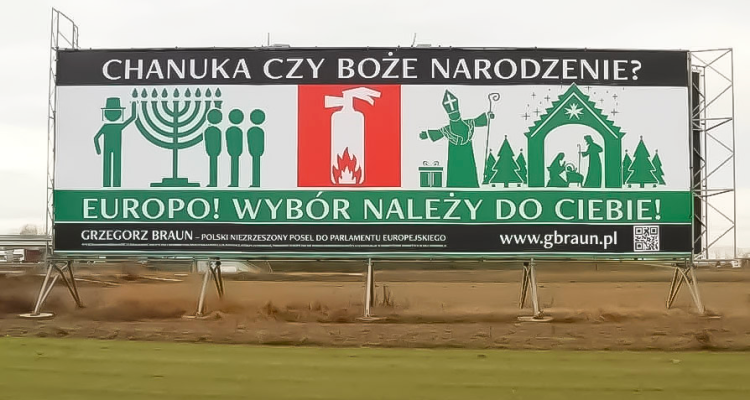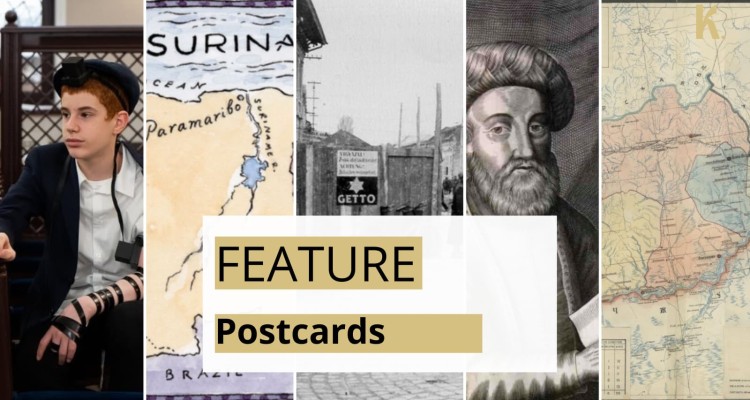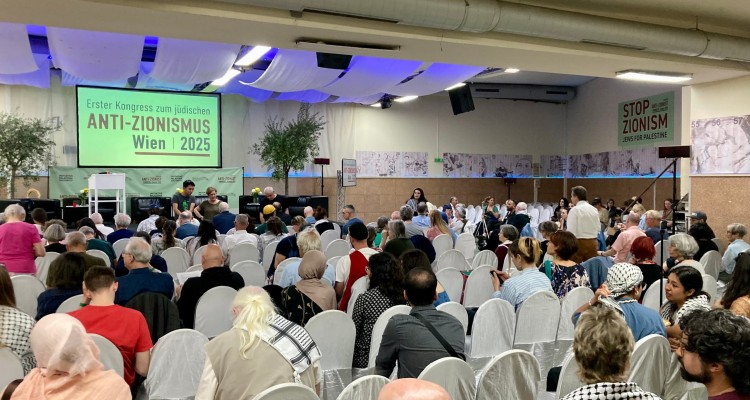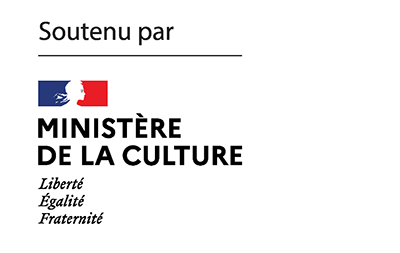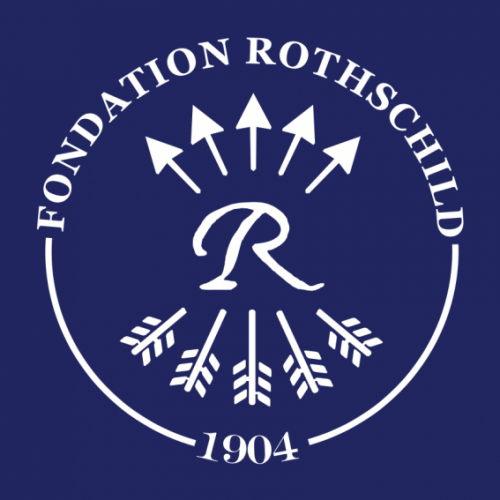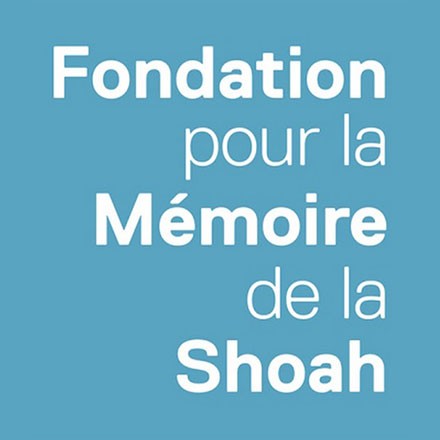The monument dedicated to the memory of the victims of the Holocaust planned to be erected in Zagreb in the coming months has been completed, but still kept in three different factories. It has to be said that the controversy, which reflects an ambiguous Croatian memory of the Ustasha past and its crimes during the war, is still ongoing. What should be inscribed on the monument? What message should it carry? The journalist Romano Bolković retraces for K. a story that seems to him as twisted as a Coen brothers’ script…

In April 1816, after his successful mission to sign a peace treaty with Algeria, US naval officer and commodore Stephen Decatur was welcomed home as a hero. He was honored at a banquet, where he raised his glass for a toast and said: “Our country! In her intercourse with foreign nations may she always be in the right; but our country, right or wrong!”
Five decades later, in 1871, US Senator Carl Schurz used the phrase “right or wrong” in one of his famous speeches. Sen. Carl Schurz is credited with saying ‘My country, right or wrong”, but without the rest of the quote; it is misused to mean the opposite of what he meant. His actual quote ran, “My country, right or wrong; if right, to be kept right; and if wrong, to be set right..” We thus should strive to correct any injustices done in our name.
I cannot think of a shorter and better introduction to the story of correcting historical injustices committed on behalf of the Croatian people, than the story of the monument to the victims of the Holocaust in Zagreb, the capital of Croatia. The story begins with a paradox: Croatia is probably the only country in the world where the erection of the Holocaust monument became an act of historical revisionism. Or it is interpreted in that way. How is that possible? Although it is difficult to explain this to foreigners, I will undertake this hard task and try to do so.
The “Jewish question” in the history of Croatia
Dr. Hrvoje Cvijanović, from the Faculty of Political Science of Zagreb University, recently wrote a concise historical overview of Jewish problems in the area of today’s Croatia. He produced this assessment, in „Antisemitic Discourse in the Western Balkans“:
”Jewish presence along the Adriatic coast and the capital Zagreb dates back to medieval times, but mass Jewish settlement in Croatia took place only in the 19th century when Ashkenazi Jews from other parts of the Habsburg Empires were allowed to move to and reside in Croatia. In addition to the old Christian anti-Jewish stereotypes, the preponderance of Jews in trade and liberal professions gave rise to new ideological antisemitism among those who fought for an independent Croatia and identified Jews with foreign (German and Hungarian) rule. At the same time, some assimilated Jews joined the ranks of the Croatian independence movement (Croatian Party of Right or Rightists). In contrast, others embraced and celebrated the Croatian language and culture, with the Jewish population steadily growing until the 1930s..
The Yugoslav state in the interwar period saw Jews prosper and undergo full emancipation. However, Croatian independence activists and nationalists became further radicalized. In the 1930s, part of them rebelled and then fled abroad. They called themselves Ustaša (rebels) and allied politically with Italian fascists and German National socialists while embracing the antisemitism of the latter. In addition, Ustaša blamed Jews for their alleged links with the Yugoslav royal family and the government. When Yugoslavia was invaded and partitioned in 1941, Hitler and Mussolini agreed to create an independent Croatian state under the fascist Ustaša leadership. The Ustaša immediately enacted racial laws targeting Serbs, Jews, and Roma. These were followed by policies of expulsion, extermination, and conversions. An estimated 30,000 Jews or around 80% of the community were killed by the Ustaša or died when deported to Ustaša or Nazi concentration camps. A smaller number of Jews were spared as so-called “honorary Aryans,” a category devised by the Ustaša for some Jews they deemed sufficiently Croatian. Others escaped to Italian-controlled territories or joined the Partisan force. The Catholic Church’s attitude in Croatia towards the Ustaša and the Independent State of Croatia is still a matter of fierce debate among historians, politicians, and the general public both in Croatia and Serbia. At the end of the war, the victorious Partisan forces executed tens of thousands of members of Ustaša formations and many others that they associated with the Ustaša.
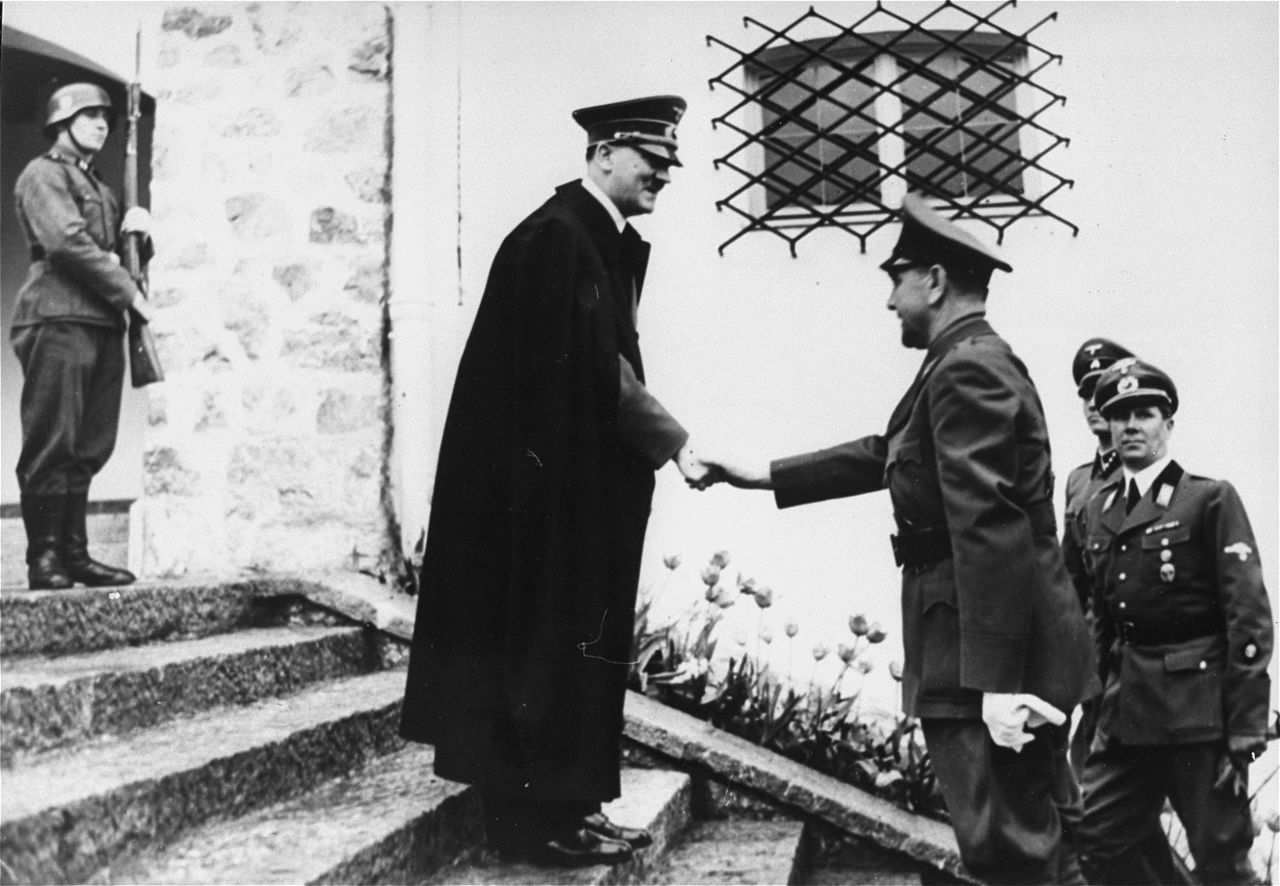
After the war, half of the Jewish survivors in Croatia joined the Aliyah like in the rest of Yugoslavia. Jewish communities survived in several places in Croatia, running among others a Jewish old age home in Zagreb and a summer resort for Yugoslavia’s Jewish youth at the coast. In the late 1980s, the movement for Croatian independence from Yugoslavia led by the former Yugoslav general Franjo Tuđman gained strength in response to the Republic of Serbia’s aggressive leadership by Slobodan Milošević. In 1991, the Republic of Croatia declared independence, which contributed to a rebellion of Croatian Serbs, supported by the Yugoslav Army and then Serbia, who opposed Croatian secession from Yugoslavia. In 1995, Croatia emerged victorious, and half of its Serbian population was exiled. During this period, there was much controversy about the alleged antisemitism of Croatian independence activists and especially their leader Tuđman, who was recorded making antisemitic comments. At the same time, the Yugoslav secret service allegedly mounted an attack on Jewish landmarks in Zagreb in 1991 in order to blame it on new Croatian authorities. Thereafter, there were no major incidents, and in places like Zagreb, Jewish life is still vibrant, with more than 500 Jews recorded in 2001. Nevertheless, for the last 30 years distancing from the Ustaša and their symbols has remained a problem in Croatian society and an especially painful issue for its Jewish community, which embraced Croatian independence. In 2005, Croatia’s biggest Jewish community in Zagreb underwent a rift, which resulted in the formation of a splinter community, Bet Israel.“
The proposal of Branko Lustig
On the territory of today’s Republic of Croatia, during the Second World War, the Holocaust was committed against Jews, but so too was the genocide against Serbs and the Roma. In short, all who were racial, ethnic or political opponents of the puppet Independent State of Croatia or so-called NDH ended up in concentration camps of that criminal creation.
Branko Lustig, a Croatian producer and actor of Jewish origins was interned in the Auschwitz and Bergen-Belsen concentration camp. It all started in 1943 when Lustig and his mother were taken to the infamous Auschwitz camp because his father had fled to Hungary. Lustig recalled those dark days:
”In Auschwitz, my mother and I were immediately separated. When they unloaded us from the car, a prisoner ran up to my mother and only managed to tell her to say that I was 16 years old. If she hadn’t done it, I would have ended up like my grandmother, in the crematorium, as they got rid of children and people who couldn’t be of any use to them. I saw my Mom once more, hair cut and naked running through the yard. She was then taken to work in an arms factory in Essen, and I was taken to a coal mine. I thought they killed her. I was later transferred to the Dora Mittelbau labor camp in central Germany, where we made V1 and V2 rockets in a factory built under a hill. In February 1945, we were transferred to the Bergen-Belsen camp, where Anne Frank died a month later. It was there that I was liberated“
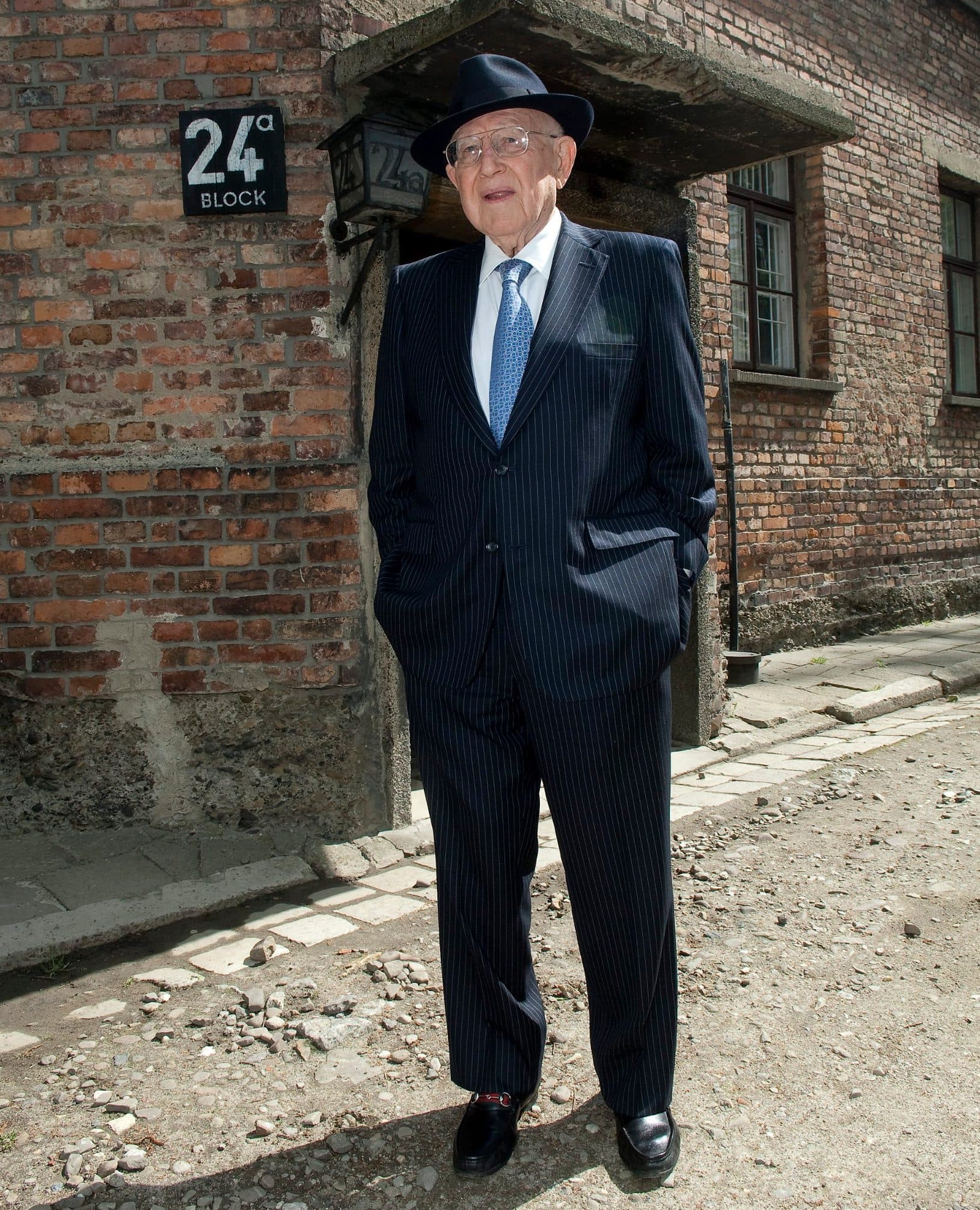
Exactly half a century later, he will become the first Croatian who was twice awarded the Academy Award for Best Producer: in 1993 he won the Oscar for the film “Schindler’s List,” and in 2001 for the film “Gladiator.” He is also a two-time Golden Globe Award winner for these films.
In his older age, Lustig returned to Croatia. A couple years ago, he proposed to the Mayor of Zagreb, that Zagreb as a capital should get a Holocaust monument. The late Mayor Milan Bandić accepted his proposal and this is where the troubles began, which now look like a sequence drawn from a Coen Brothers movie.
Out of the best intentions to mark the suffering of Jews on Croatian soil in World War II arose a situation in which the World Jewish Congress (WJC) condemned the monument to the victims of the Holocaust in Zagrebas an attempt to cover up the role of the NDH in the crimes. Moreover, WJC called on the city to abandon the whole idea, accusing the Croatian authorities of trying to cover up the monstrous crimes of the Ustashas by creating a false impression.
“The World Jewish Congress joins its community in Croatia in condemning the Zagreb Assembly’s decision to erect a monument to six million Jewish victims of the Holocaust, which blindly ignores the active role of the Independent State of Croatia during the Ustasha regime in committing these crimes during World War II.”
How did such a noble idea, to erect of a monument to the Holocaust, lead to such a ridiculous situation in which the whole project ended as a practice in historical revisionism?
A controversy over history, memory and aesthetics
The Zagreb City Assembly voted to build a monument commemorating the six million Jewish victims of the Holocaust in World War II. However, this proposal was called into question by representatives of Croatian Jewish communities as well as a significant part of the Croatian public. Historian Ivo Goldstein supports the concept of the monument, but disagrees with the dedication to “remembering the six million Jewish victims of the Holocaust. It suggests that the crime of the Holocaust happened elsewhere, but unfortunately, it happened in Zagreb. Moreover, it happened at the place where the monument is planned to be erected”, Goldstein said. “We need to open a space for conversation. Quite simply, no one talked to the representatives of the Jewish community about all this,” Goldstein reminded.
Alekasandar Srećković, who was president of he Zagreb Jewish community Bet Israel, explained:
“No one is against the monument, in fact, but a neutral message without responsibility and awareness of what happened should be removed. It should be made clear that there was an Ustasha movement within the Croatian people that committed so much evil, but that no one blames the entire Croatian people.”
The monument itself, the work of sculptor Dalibor Stošić and architect Krešimir Rogina, who won a public tender for their design, will be financed from the city budget and placed in front of Zagreb’s main railway station. Many concrete stars of David will be imprinted on the concrete base, while the iron monument itself will look like a wall of suitcases , intended to represent the luggage that the victims took with them to the Nazi concentration camps.
Academic sculptor Dalibor Stošić used a motif from Spielberg’s film “Schindler’s List” as inspiration for the monument and transposed it into another medium. “It is an impressive scene in which at the station, on the eve of deportation to the camps, Jews are deprived of their personal luggage as the ‘reliquiae reliquiarum’of their property and stacked against the warehouse wall at the station.
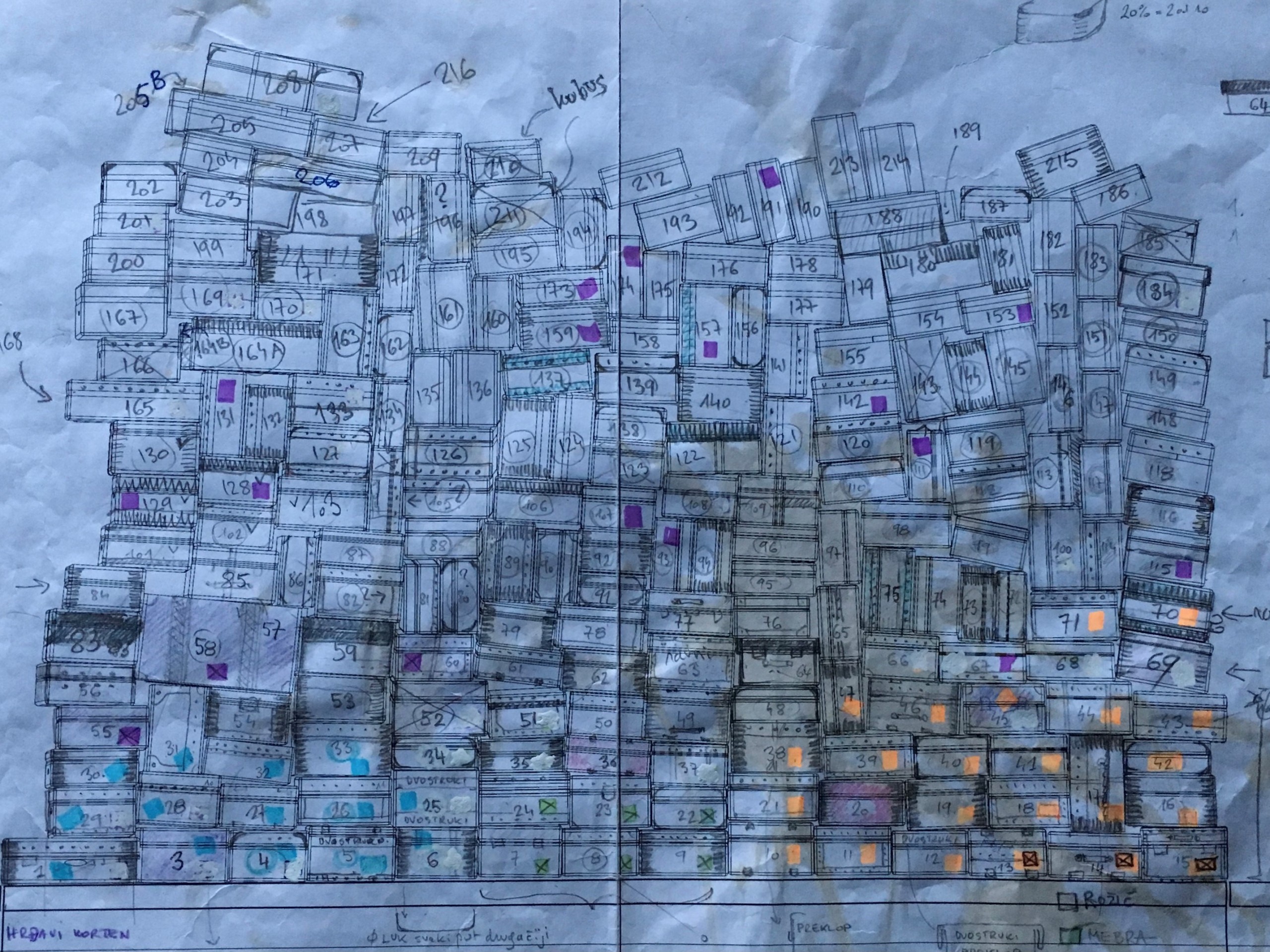
The other two important factors that defined the shape and size of the monument are the location at the Main Station and the proximity of the old locomotive, the so-called ‘Black Kate,’ who is supposed to have deported Jews, who in themselves imposed suitcases on me as the only possible motif, ” Stosic told.
Stosic, a professor at the city’s Academy of Fine Arts says that “everyone well versed in art history knows that the motif is not an argument of originality, but performance, because the same motifs have been reinterpreted over and over again and have often been a commonplace in the treasury of artistic themes and motifs.”
Namely, it was not the name of the monument itself that became controversial, but also its aesthetic concept. Some artists and art historians suspect that the work of Dalibor Stosic, which was selected in the competition for the Holocaust Memorial, is a plagiarism of the installation by Italian artist Fabio Mauri “Il Muro Occidentale o del Pianto” (Western Wall or Wailing Wall) created in 1993, when it was first exhibited at the 45th Venice Biennale.
Institute of Art History professor Sanja Horvatinčić thinks that the originality of the theme of the Holocaust Victims Monument is secondary to the problem of a complete, extremely unacceptable approach to its conception and construction:
“The basic premise of democratic commemorative practices, especially those that deal with the mass suffering of genocide, is the active involvement or at least acceptance of the views of affected ethnic, religious or racial groups,” said Horvatincic, recalling that representatives of the Jewish community in Zagreb were cool to the project of building a monument to the victims of the Holocaust..
It is already clear that the proposal to erect a monument to the victims of the Holocaust paradoxically became an act of revisionism: as the World Jewish Congress points out, the work nowhere “mentions the role of the Ustashas and the NDH in crimes against Jews, giving the false impression that only Nazi Germany was implicated.”
Representatives of the city assembly also claimed that Zagreb should commemorate not only the victims of the Third Reich, but also those killed under the rule of the Independent State of Croatia, the Independent State of Croatia, the fascist puppet state of Nazi Germany and fascist Italy from World War II.
“The Holocaust was a systematic persecution of Jews by the Third Reich and its allies from 1933 to 1945, but today in Croatia we must say clearly and loudly that the Ustasha regime was part of the same order,” said Vesna Nadj of the Social Democratic Party.
Rada Boric of the left-wing opposition bloc in the city assembly said she did not support the proposed monument because “it is said that the monument commemorates six million Jews killed in the Holocaust, not Zagreb or Croatian Jews, as well as those [killed by Ustashas] in camps: Serbs, Roma and all those who opposed the NDH ”. In the NDH, 30,000 of the approximately 40,000 Jews who lived within the territorial bounds during the war were killed. In the Jasenovac camp, the Ustashas killed 13,116 Jews, along with 47,627 Serbs, 16,173 Roma and 6,229 victims of other nationalities, according to a confirmed list of victims.
The leader of the Croatian Jewish community, Ognjen Kraus, said in April that he had good relations with Zagreb Mayor Milan Bandic, but that the Holocaust monument was planned without consultation.
“The Holocaust monument has no place in Zagreb. A monument to the victims of the Holocaust exists in Berlin. A monument to the victims of the Independent State of Croatia should be erected here,” Kraus said. In the end, is it possible to find a solution to this unfortunate, paradoxical situation?
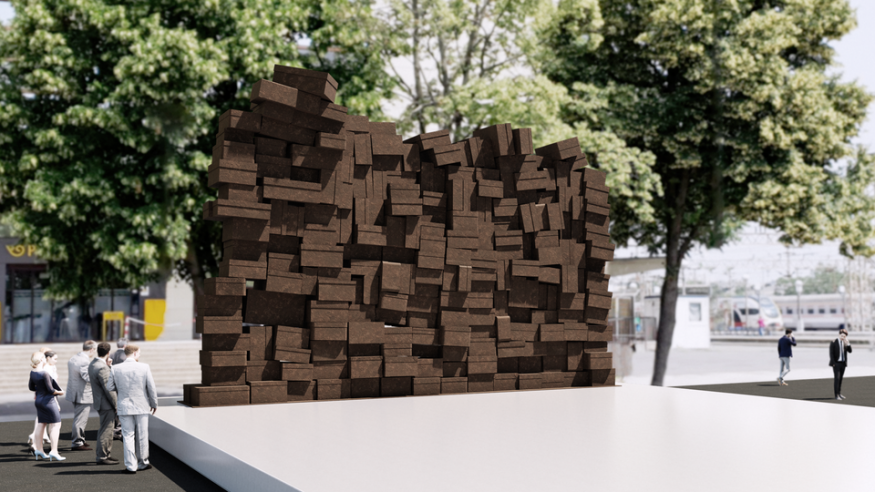
Croatia in search of solution
Philosophy professor Žarko Puhovski, himself from a family that perished in the Holocaust, proposed a simple but impressive solution: the monument to be erected on the site next to Zagreb’s Central Station, where people were deported to their death, should not be dedicated to “victims of the Holocaust,” but rather the pedestal should bear a simple message of three words: : Victims of the Ustasha regime, written in Latin, and in the languages and scripts of the victims’ communities: Cyrillic, Yiddish and Romani.
“It is clear to everyone that the current decision is an attempt to blur things out. It is necessary to simply say, and clearly demonstrate, who killed the victims in Croatia. Personally, I find it less important what the monument will look like, and it seems much more important to me what will be written on it. The decision on that can still be changed,” Puhovski explained. He believes that the “Hollywood term Holocaust” should be avoided, because he claims that “it is not connected with the Jewish tradition”. “That should be agreed with the experts. But it would be important to say that the executed people were victims of Ustasha terror or strahovlade, if a nice Croatian term is wanted,” says Puhovski.
He adds that it should be borne in mind that the Jewish community warned that the construction of a monument to Jewish victims only “would be an attempt to trick one group of victims at the expense of others.”
The president of the Jewish community of Zagreb, Ognjen Kraus, also agrees with the proposal of Žarko Puhovski. “That’s exactly what we’re looking for. We need a monument to the victims of the Ustasha regime. We have been claiming all along that Croatia does not need a monument to all the Jews killed in the Second World War, but to the victims of the Independent State of Croatia. And do you know why they only want to erect a monument to the Jews? To separate national minorities. They want to create a rift between us, that’s the whole intention,” says Kraus.
We talked to Goldstein about the proposal of Prof. Dr. Puhovski.
“I don’t think that proposal is good. Few people knew Yiddish at all at that time. Puhovski’s idea is completely wrong. It must be a monument primarily to the Jews. There are monuments to Serb victims in the places where they were killed. Roma have a memorial in the so-called. Gypsy camp in Jasenovac. Now is the time for the Jews to get an exclusive monument at the place where only they were taken. Therefore, Bet Israel gave its proposal of a text that would be inscribed on a monument in Zagreb:
From this place in August 1942, about 800 Zagreb Jews were deported to Auschwitz. The monument is erected in memory of 30,000 Jews killed in the Holocaust and numerous victims of other genocides and mass crimes committed by the Ustasha regime and the Third Reich in Auschwitz, Jasenovac, Stara Gradiška, Jadovna and at many other camps and execution sites in the so-called Independent State of Croatia.
The late Mayor Bandić was also acquainted with the text and he agreed with him. Kraus did not comment on the proposal. By the way, the monument was not only the proposal of Branko Lustig, but also of the former President of the Republic of Croatia Kolinda Grabar-Kitarović and Mayor Bandić. Lustig was the president of the competition committee because as a former concentration camp inmate he was a good representative. The WJC reacted after Kraus and I, at the same time but unaware of each other, came out with a rejection of a proposal for a monument to the sixmillion Jews killed in the Holocaust and demanded that it be dedicate to the local Jewish community.
One way or another, the Croatian capital should finally solve this paradox: the noble idea of Branko Lustig, a prisoner of Auschwitz and producer of the ‘Schindler’s List’, should be realized: the work of sculptor Stošić, in my personal opinion – and I am not an art historian – even though authorially and conceptually controversial could finally commemorate the victims of the Ustasha regime with dignity, given the right name and inscription.
In that way, what was “wrong” in the history of the Croatian people would at least be commemorated in a way that is “right”.
Romano Bolković
Chief Coordinator for Southeast Europe, Committee for Combating Antisemitism, EJA
ROMANO BOLKOVIĆ lives in Zagreb and Berlin. He is the co-owner of Open Television (OTV), editor and journalist at Croatian Television, member of the Croatian Writers’ Association. He started a regular program on OTV, where for 25 years he edited and hosted the cult show “2 in 9”, the first phone-in program in Croatia. For five years he has been editing and conducting a weekly prime-time interview on Croatian Radiotelevision “Romano Bolković – 1 on 1”, whose guests are the protagonists of European public life: presidents and prime ministers of European countries, as well as actors of social, cultural and political life in Croatia, the region and Europe.
